Optimal Seasons for Waterproofing Applications
Waterproofing is a critical process that protects structures from water intrusion, preventing damage and extending the lifespan of buildings. Proper timing ensures optimal adhesion and effectiveness, making it essential to choose the right season for application.
Spring offers moderate temperatures and low humidity, ideal for waterproofing projects. It allows sufficient curing time before heavy rains.
Warm weather facilitates quick drying and curing, but high temperatures and humidity can hinder adhesion if not managed properly.
Cooler temperatures and lower humidity make fall suitable for waterproofing, especially before winter's freeze-thaw cycles.
Winter is generally not recommended due to freezing temperatures that impair adhesion and curing processes, though some specialized products can be used.

Ways to make Waterproofings work in tight or awkward layouts.

Popular materials for Waterproofings and why they hold up over time.
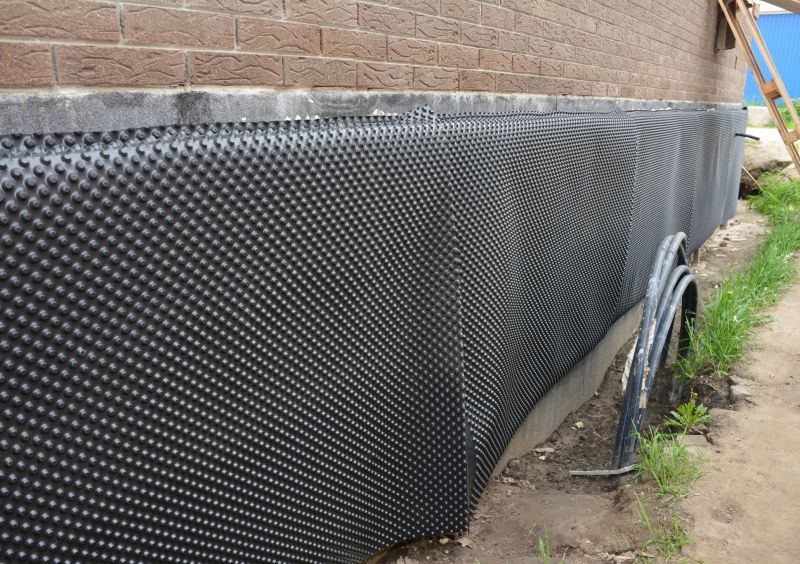
Simple add-ons that improve Waterproofings without blowing the budget.

High-end options that actually feel worth it for Waterproofings.
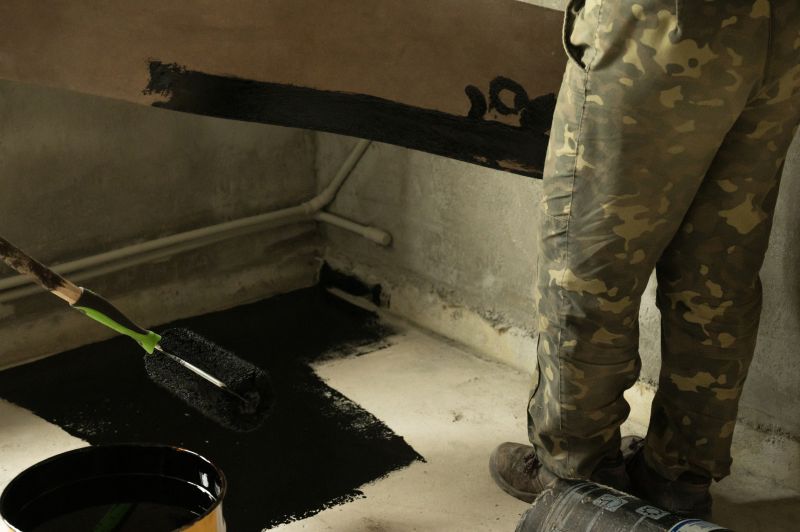
Finishes and colors that play nicely with Waterproofings.
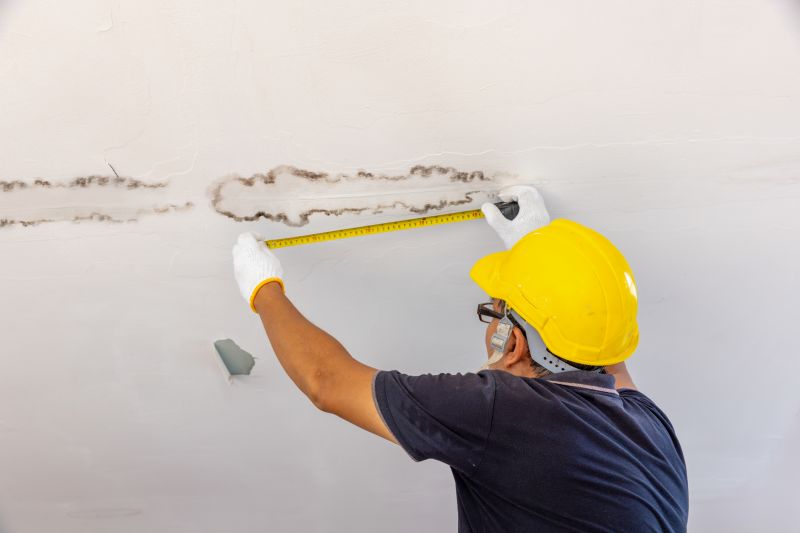
Little measurements that prevent headaches on Waterproofings day.
| Season | Optimal Conditions |
|---|---|
| Spring | Moderate temperatures, low humidity, minimal rain |
| Summer | Warm and dry, but avoid extreme heat |
| Fall | Cooler temperatures, low humidity, before winter |
| Winter | Not recommended due to freezing temperatures |
Statistics indicate that improper timing can lead to reduced waterproofing lifespan and increased maintenance costs. For example, applying waterproofing in unsuitable weather can result in adhesion failure, leading to water infiltration and structural issues over time. Therefore, understanding seasonal conditions is vital for long-term protection.
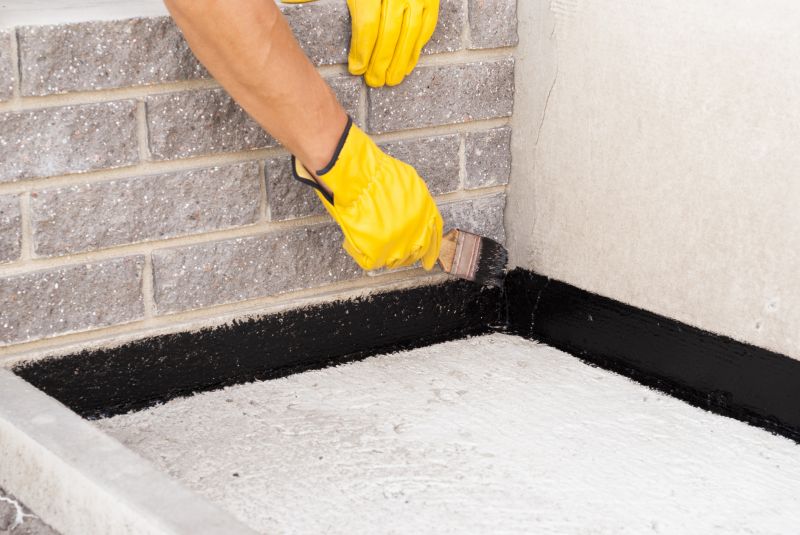
A 60-second routine that keeps Waterproofings looking new.
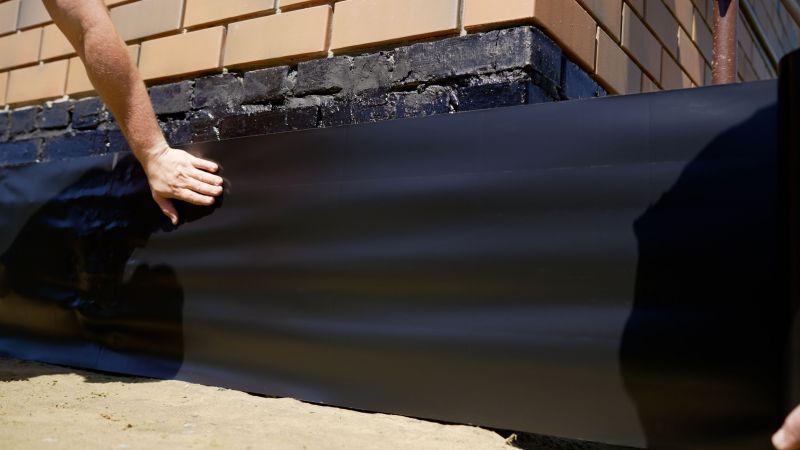
A frequent mistake in Waterproofings and how to dodge it.

Small tweaks to make Waterproofings safer and easier to use.
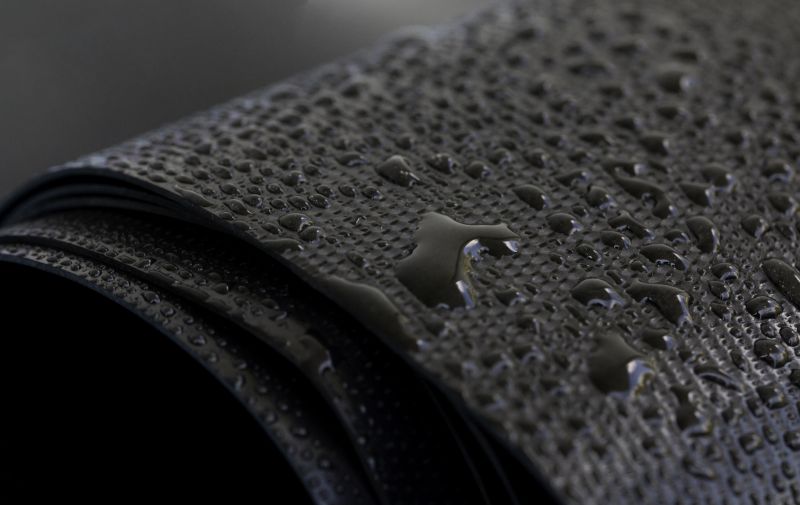
Lower-waste or water-saving choices for Waterproofings.
Interested parties are encouraged to contact for further information on scheduling waterproofing projects. Proper timing and application techniques are essential for ensuring long-lasting protection against water intrusion.


